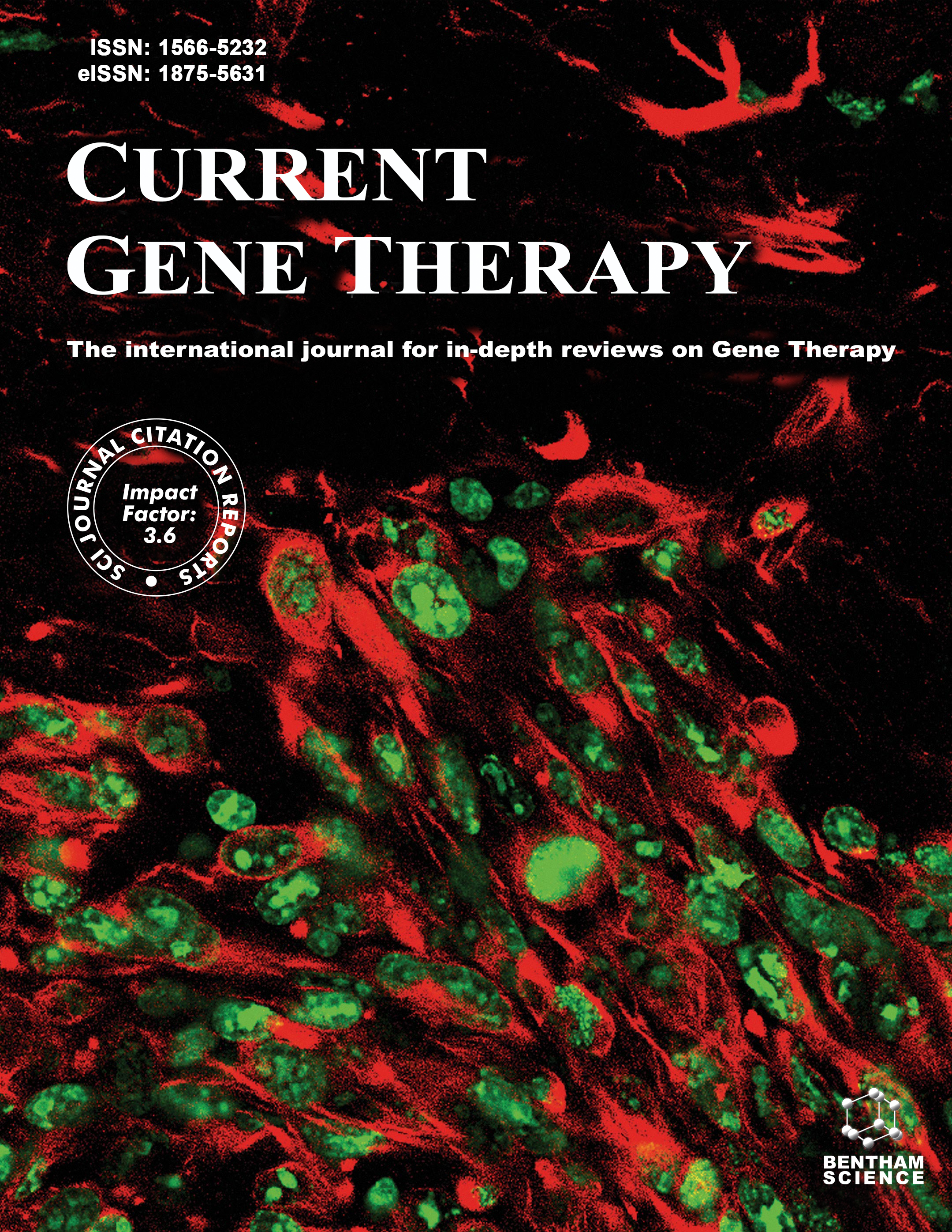-
s RNA Interference and Neuromuscular Diseases: A Focus on Hereditary Transthyretin Amyloidosis
- Source: Current Gene Therapy, Volume 24, Issue 1, Feb 2024, p. 6 - 7
-
- 01 Feb 2024
Abstract
Neuromuscular diseases are severe disorders affecting the peripheral nervous system, usually driving to death in a limited time. Many new drugs, through RNA-interference technology, are revolutionizing the prognosis and quality of life for these patients. Nevertheless, given the increased life expectancy, some new issues and phenotypes are expected to be revealed. In the transthyretin-mediated hereditary amyloidosis (ATTR-v, "v" for "variant"), the RNA interference was demonstrated to effectively reduce the hepatic synthesis of transthyretin, with a significant increase in disease progression in terms of polyneuropathy and cardiomyopathy. The increased life expectancy could promote the involvement of organs where the extra-hepatic transthyretin is deposited, such as the brain and eye, which are probably not targeted by the available treatments. All these issues are discussed in this editorial.


